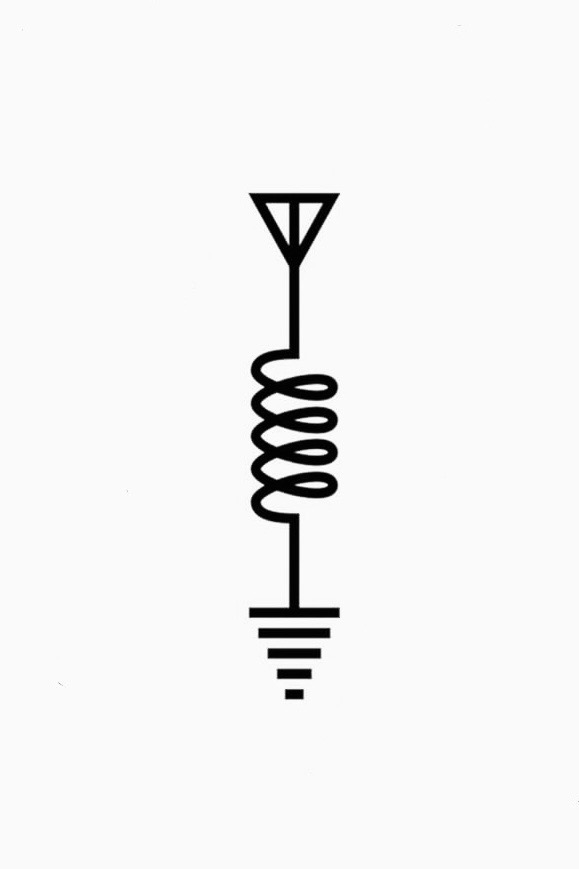

Worse. Willing to bet this port came with infrastructure money and a guarantee that if the Peruvians don’t pay the Chinese seize the port, becoming de facto sovereign territory.


Worse. Willing to bet this port came with infrastructure money and a guarantee that if the Peruvians don’t pay the Chinese seize the port, becoming de facto sovereign territory.


For good reason. It’s basically a speed run of enshittification from day-one.
Have you tried turning it off and back on again?


With AI generated crypto rewards


If your circumstances change, you can make a lateral move and invest the net profit in an index fund.


Most of the larger LLMs state the results of the model stemming from the user’s prompt intellectually belong to the user.
It’s a massive grey area, and the sum of these kinds of cases are what will define ownership of LLM output for the next ~50 years.
Don’t get me wrong, kid absolutely did not comply with the spirit of the assignment.
E: @Blue_Morpho@lemmy.world makes an excellent point:
If the student hired someone to write their essay and the author assigned all copyrights to the student, it’s still plagiarism.
Who legally owns the work isn’t the issue with plagiarism.
They have! 2030.
I’m not sure if it’s a mandate, or a goal, but it’s there.
While it’s no consolation to these current people, they are trying to make the switch to lead-free aviation fuel. It’s partly a regulatory nightmare, and partly a genuine safety challenge; mandating a fuel change in aviation without adequate research and understanding can result in unexpected engine malfunctions.


The author needed the word count lol


There are ones with clauses that say “cancel any time” and then when you actually try to cancel they make it a substantial pain.


In preparing to get my ticket in 2020, I hopped on the Utah WebSDR and even got a shortwave listener (SWL) QSL card from a guy in the Cook Islands (E51JD).
Earlier this year I made a two-way QSL (contact) with him using my rig and 100W.
There’s a ton to learn, do, or accomplish if you want. So many facets to amateur radio.
I’m working on CW now!

2000s Shadow 750 here. Re-jet and re-gear the rear and it’s a bike that could probably last a lifetime. After those upgrades, I was able to keep up with traffic on the 15 near LA outside of rush hour.


Lede:
Under a local law, drivers are supposed to be paid even for the time they spend between trips. But Uber and Lyft found a money-saving loophole: Simply prevent them from logging into the apps, erasing some of their working time from the record.


There’s still plenty of corporate greed to complain about, a la attempts to privatize the USPS, as a single example.
The issue is often framed as a burden: “the USPS costs American taxpayers x-billion/trillion dollars per year”, instead of the societal marvel that it is.
Try sending a standard letter across the US for less than $1 with FedEx or UPS.
The USPS was founded before the IRS, and even prior to the Declaration of Independence. That it’s technically older than the US, and one can still send a standard letter anywhere in the US for less than $1 is a service we need to protect.


fr. 100% free and already funded by your tax dollars.


They will unfortunately also get filtered. What I do is to direct important callers to ensure they leave a VM, or send an email or text.


If he can speed run to $1.6b, he can restart Three Mile Island.


The very first video on YouTube was 19 seconds.
Then videos got so long they created shorts.
Now shorts are longer than the first YouTube video.
We’ve come full circle.
A three minute short is not a short, it is a video lol
Step 3: ???
Step 4: Profit.